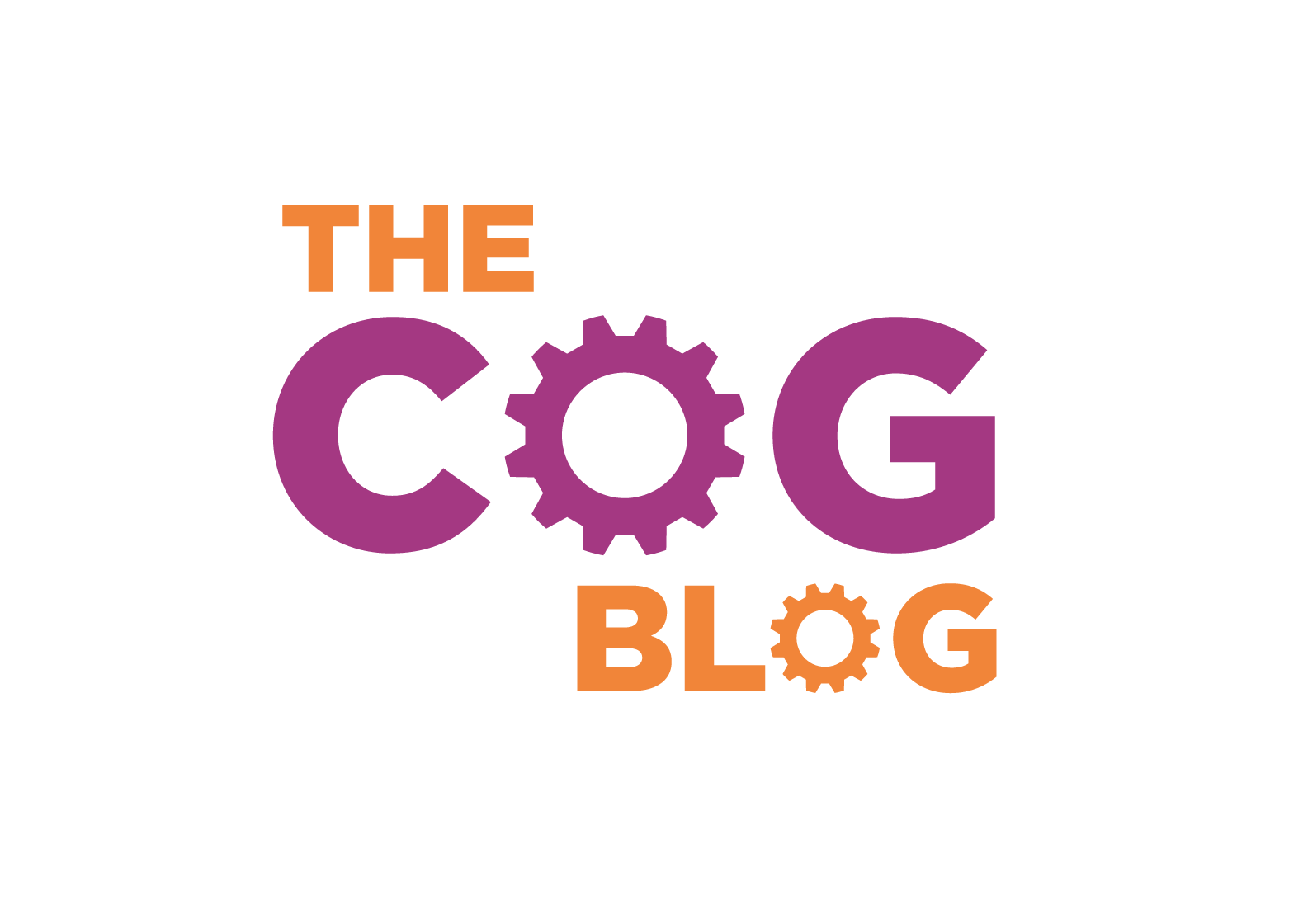Charting the Budget Course

One of the more challenging questions asked by a client of his or her media agency planning team is the one that begins: ‘We need to review how much we spend as against how much you think we should spend’.
It’s a question that lays bare a number of agency shortcomings.
First, the lack of a relationship between the agency and the client’s Finance Director, which is where the majority of any budget decision sits.
Secondly, the narrowness of the agency’s expertise, focused as it must be on the issue of how different channels work on consumers.
Back in the last century, Carat produced something called The Carat Sphere Guide, subtitled The Way We Work. This contained details on Carat’s tools and how to access and use them.
Aegis (Carat’s parent) at the time was led by marketers – the Guide was their attempt to move the agency towards becoming a high-end, high-fee consultancy.
One of Carat’s tools was called ‘Budget Bearings’, created by Carat UK’s resident genius, Phil Gullen. The idea was to gather as many pieces of information relevant to the task of budget setting as possible and plot them within the tool. The more information, or points of reference the better. The more bearings you took the more accurate your plotting of your position.
Budget Bearings relied primarily on output measures, calculated from available data.
It was a brilliant idea from a time when marketing, and within that advertising. was seen as a short-term cost with few if any long-term business success metrics attached to it.
When cuts had to be made marketing was disposable.
Things have moved on. Slowly, and unevenly but changes are afoot.
The analyst Ian Whittaker makes the point that big companies in their earnings statements and calls with analysts are increasingly saying ‘we believe in the ability of brands to build business, to grow revenue and profit’.
In other words, building brands through marketing and advertising is an investment, not a cost.
This shift from cost to investment should be reflected in the way budgets are set.
Focusing on what others are doing, or setting budgets around a task like achieving a certain level of reach is no longer good enough.
When paid for and measured media forms are taking a smaller and smaller share of the cake, basing any financial recommendation around concepts the industry either does not measure or can’t define makes no sense.
To persuade the FD we need to learn FD-speak, and to be precise and consistent. FDs are unaware of the metrics used within planning and buying. They’re a currency; nothing to do with business.
We buy audiences because of the correlation between how many people see and notice the advertising, and financial results.
But the numbers are neither reliable nor accurate. We can’t even agree amongst ourselves.
We should use modelling, taking in all communication channels. Marketing budgets are larger than ad budgets, and there is an upside in modelling effect.
My Crater Lake colleague, and Co-Founder of the analytics business NavigationME, David Beaton makes the point that in over 20 years building brand models, most underspend against their market opportunity.
David believes this is because of a lack of reliable, accurate, consistent tools not only to measure this underspend, but also to predict and optimize the effect of any increases.
Many econometric and market mix models limit themselves to attempting to explain paid-for as opposed to all communication forms.
Plus, most only look backwards, using limited inputs. Most don’t consider consumer research data, as if how consumers think has no impact on what they eventually do.
David’s advice to anyone considering modelling to justify budgets is:
- Build models that cover a holistic list of factors that drive or suppress sales. Not only paid media, but also earned and owned; and baseline factors important to the category and brand.
- Insist that any statistical model can demonstrate accuracy. Aim to explain over 90% of variation in sales over the last three years. This will help persuade the CEO and FD and reduce the risk of misattribution and poor outcomes.
- The model must be able to use optimization and simulation to estimate the gains to be had from budget increases. These models typically yield a diminishing return curve; as spend increases, incremental sales lift falls. At some point, any further spend increase yields no sales increase at all; this is where marginal benefit equals marginal cost. Given the current situation, this is the maximum level of sales that marketing communications can drive.
This is not the same as “maximizing marketing ROI”. In optimized campaigns marketing ROI falls as spend increases, so “maximum ROI” happens at low spend levels; chasing marketing ROI leads to undesirable cuts in budget.
- Combine both prediction and optimization at different spend levels, since as spend increases, the channel mix should change, as different channels have different effect curves.
- Test alternatives. Work your way up the spend curve over time; controlling for both your own spend risk and factoring in likely competitor reaction.
Agencies (and their holding companies) like to believe they can do anything related to comms.
But this isn’t true when it comes to building complex models.
An advertising-centric group will always see advertising as the solution to any question. If you call in a plumber, he’ll find you a leak.
They cannot be considered unbiased. Agencies aren’t keen on models that demonstrate that their recommended channel mix failed to deliver a desired outcome.
Modelling is a specialist area. Just as ad creation is best done by creatives, so modelling budget scenarios needs specialists.
When all anyone had was output data, the agency could plot the position.
Now we have storms, choppy seas, and an under-equipped boat. It’s not the weather to be out with amateurs.
This piece was originally published in the UK'S 'The Media Leaders' on February 20, 2024
Posted at MediaVillage through the Thought Leadership self-publishing platform.
Click the social buttons to share this story with colleagues and friends.
The opinions expressed here are the author's views and do not necessarily represent the views of MediaVillage.org/MyersBizNet.


